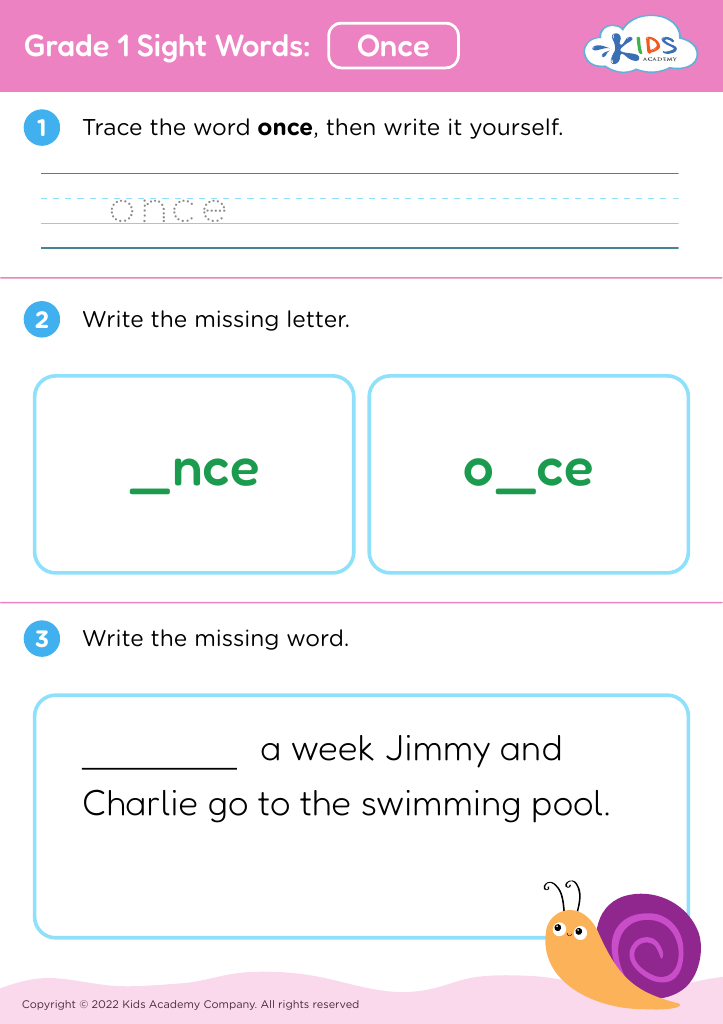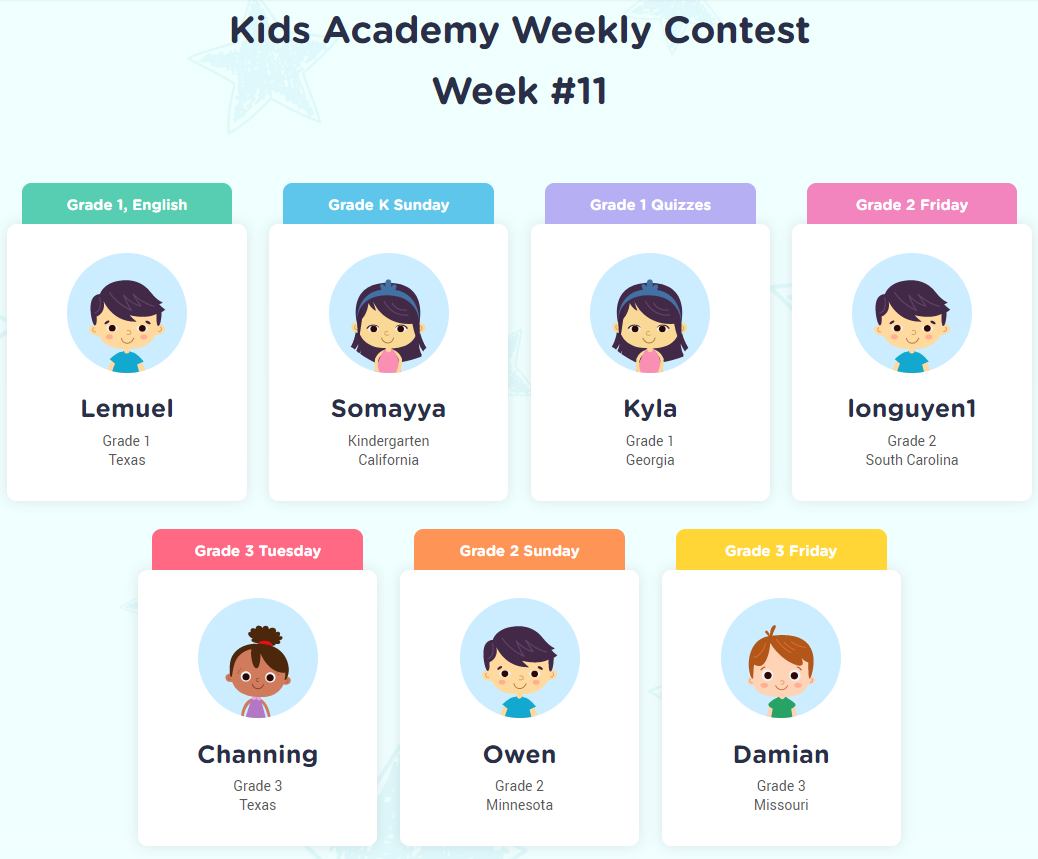Concept of longer/shorter Worksheets for Kids
1 filtered results
-
From - To
Question/Answer
How to test a Grade 1 student’s Concept of longer/shorter skills?
To test a Grade 1 student's understanding of longer/shorter concepts, provide them with pairs of objects or pictures and ask them to identify which is longer and which is shorter. Alternatively, use a set of items and ask the student to arrange them from shortest to longest. Observing their selection and arrangement process will assess their grasp of the concepts.
How does the mastery of the Concept of longer/shorter skill affect a student's performance at an early age?
The mastery of the concept of longer/shorter significantly enhances a student's early mathematical understanding and spatial reasoning. It aids in the development of comparative reasoning, a key skill for solving problems and making sense of the world around them.
What are some effective activities to train students’ Concept of longer/shorter skill when teaching them about Sight Words?
Effective activities include using sight word flashcards of different lengths, incorporating physical objects to compare lengths (like string or blocks), and engaging students in interactive games where they sort words based on their length. Also, having students physically arrange words from longest to shortest or vice versa can strengthen their understanding of the concept while reinforcing sight word recognition.













